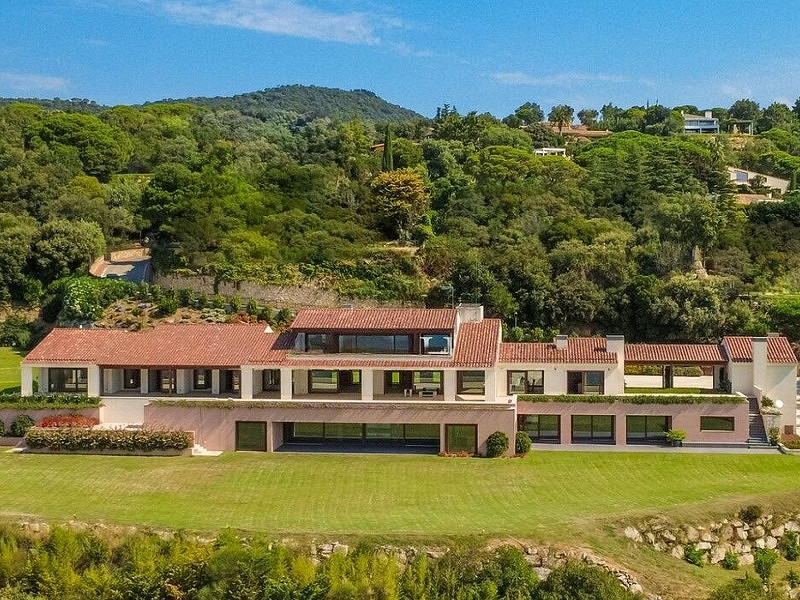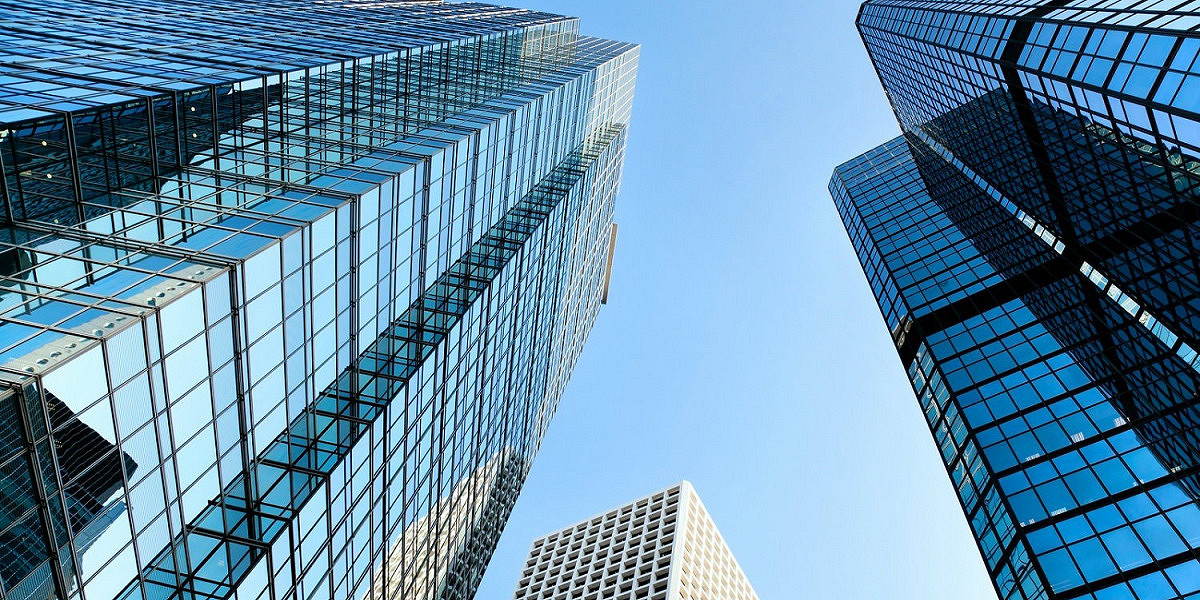
Commercial real estate is more than just square meters — it’s a business asset, an investment vehicle, and a real source of income. Unlike residential property, it’s not intended for living, but for generating profit through rental income, resale, or project development.
In this article, we explain everything an investor needs to know: what qualifies as commercial property, how the market works, who earns from it, and why Spain has become a reliable entry point for international investments.
What Is Commercial Real Estate?
Commercial real estate refers to buildings, premises, and land used for business operations and profit generation. Common examples include offices, retail spaces, restaurants, warehouses, hotels, and purpose-built rental apartments.
The key difference from residential real estate is the purpose of use. Residential properties are for living, while commercial ones are for earning. Visually, a property may look the same: apartments rented short-term, a store on the ground floor of a residential building, or an office in a converted flat.
Types of Commercial Properties
In practice, commercial real estate is divided into several key categories:
- Office spaces: individual offices, business centers, tech parks, coworking hubs — typically located in areas with good transport infrastructure.
- Retail properties: stores, galleries, boutiques, kiosks, supermarkets, markets, and shopping centers — income is driven by foot traffic.
- Industrial properties: warehouses, production facilities, logistics centers, terminals — especially in demand with the rise of e-commerce and last-mile delivery.
- Social infrastructure: medical clinics, schools, stadiums, train stations, airports — often developed in public-private partnerships (PPP).
- Leisure and hospitality: cafes, restaurants, hotels, fitness clubs, night venues — success depends heavily on location and demand.
- Apart-hotels & serviced apartments: though residential in form, they’re typically designed for rental income, especially in tourist regions.
All these assets have one thing in common: they generate income and follow the logic of business, not household use.
Who Participates in the Commercial Real Estate Market?
This market operates as a structured ecosystem with defined roles:
- Developers — create project concepts, select land plots, build business models, attract investors, and bring projects to life.
- Builders / General contractors — manage construction, coordinate subcontractors, and oversee timelines and quality.
- Construction teams — execute the physical work under the supervision of developers and contractors.
- Investors — individuals or institutions funding projects at various stages.
- Owners — end owners, whether long-term investors or resale buyers.
- Tenants — businesses that occupy the space (shops, restaurants, offices, etc.).
- Brokers, agents, consultants — connect all parties, assist with analysis, negotiations, and legal processes.
In many cases, one entity may combine several roles — for example, a developer may also be the investor and eventual owner.
How Do You Make Money with Commercial Real Estate?
1. Rental Income (Cash Flow)
You lease the property and receive regular payments:
- Fixed rent;
- Revenue-based rent (common in retail properties);
- A hybrid of both.
2. Capital Appreciation (Capital Gain)
The property value increases due to:
- Purchasing early (off-plan, with a discount);
- Renovations or redevelopment;
- Higher rental income from new tenants;
- Overall market growth in the region.
In short: commercial real estate provides a clear monetization strategy through steady income and long-term value growth.
Investment Strategies
- Buying off-plan — profit from appreciation as the property is built; higher risk, higher return.
- Purchasing a rental-ready asset — ideal for those seeking income from day one; preferred by conservative investors.
- Redevelopment — acquiring undervalued properties and increasing profitability through renovation or repositioning.
Commercial Real Estate: Risks and Advantages
Things to consider:
- Lower liquidity — resale may take time, especially without a discount.
- Market sensitivity — economic shifts can affect rental rates and occupancy.
- Active management — properties need regular upkeep, accounting, and tax planning.
Key advantages:
- Higher yields — typically 2–3× higher than residential properties.
- Transparent valuation — based on income, making it easier to assess objectively.
- Passive income — when structured properly, it generates stable cash flow.
- Inflation protection — indexed rent maintains real income value.
Long-Term Stability
Commercial real estate is a time-tested asset class with intrinsic stability. That’s why it remains a core component in the portfolios of family offices, private investors, and institutional funds. These assets are often used to preserve and grow capital — including generational wealth.
Why Investors Choose Spain
Our team specializes in the Spanish commercial real estate market — and that’s no coincidence:
- Stable legal framework — secure ownership registration and strong property rights.
- Reliable currency (euro) — no FX volatility like in emerging markets.
- Attractive yields — particularly in retail, hospitality, and tourism-driven assets.
- Year-round tourism — high occupancy in hotels, restaurants, and retail spaces.
- Room for growth — beyond Spain’s biggest cities, many regions still offer excellent entry points.
Want to Learn More?
👉 Contact us to access our private database of commercial real estate properties in Spain — complete with financial models, income forecasts, and tailored investment advice.
We’ll help you find the right investment — from ready-to-rent assets to high-potential redevelopment projects.



